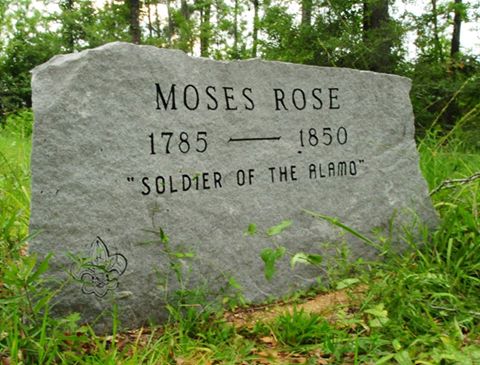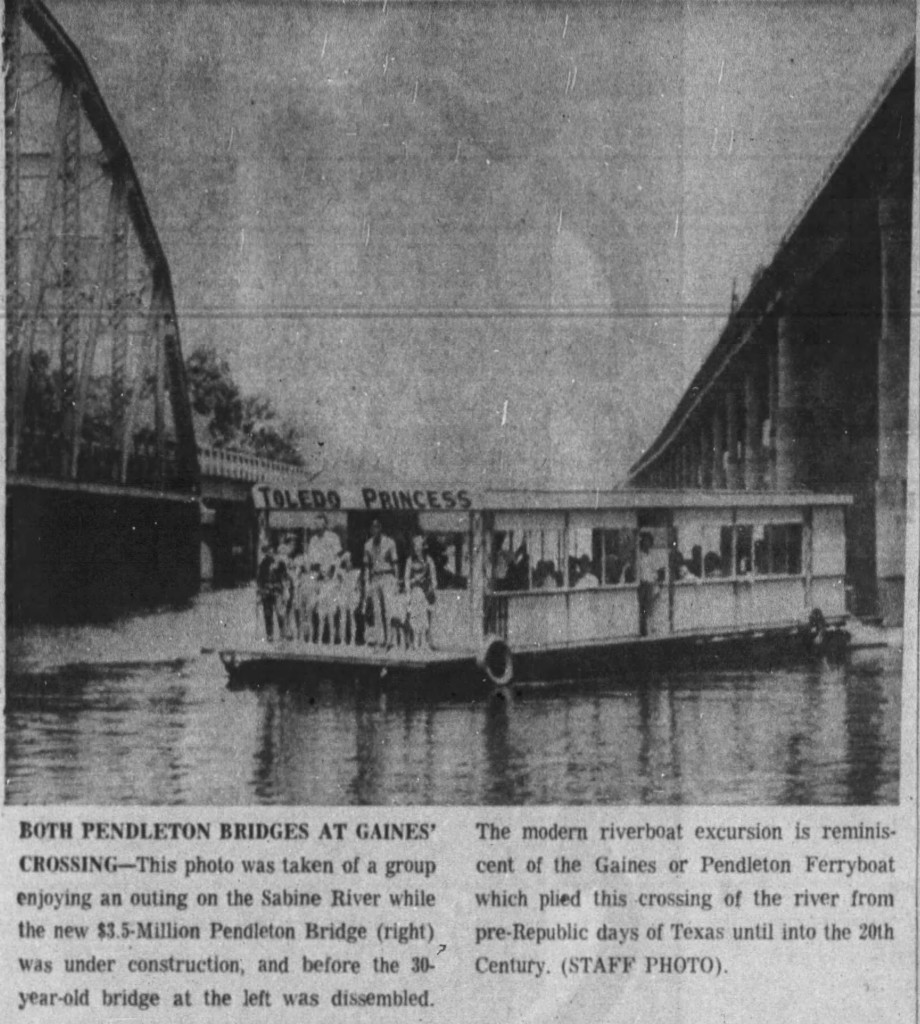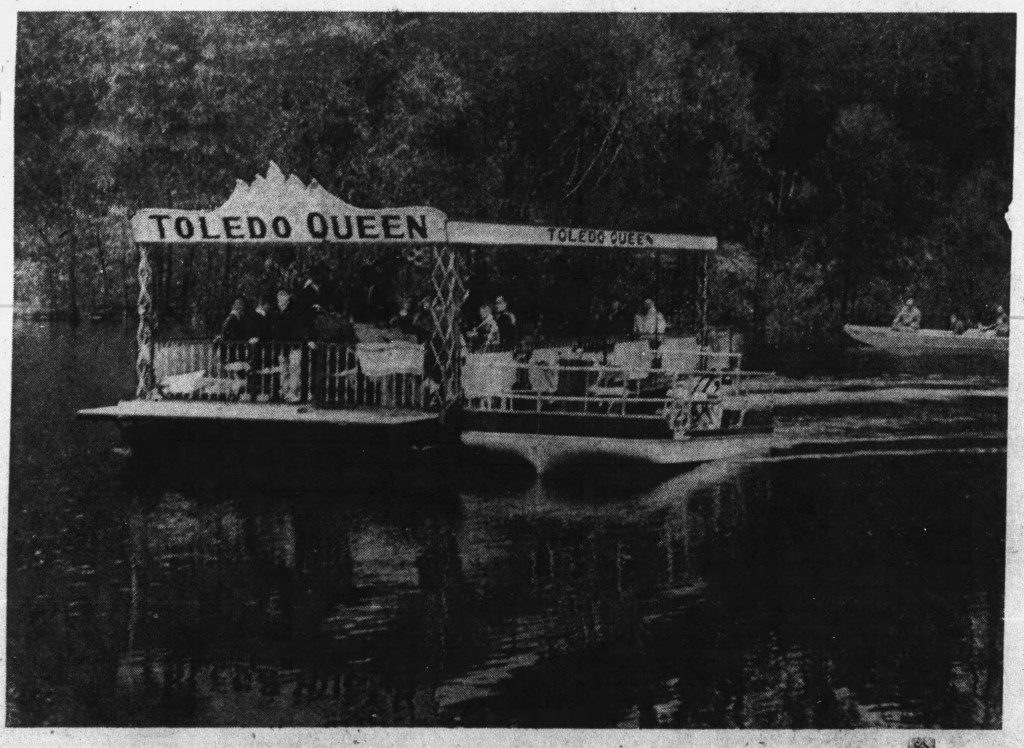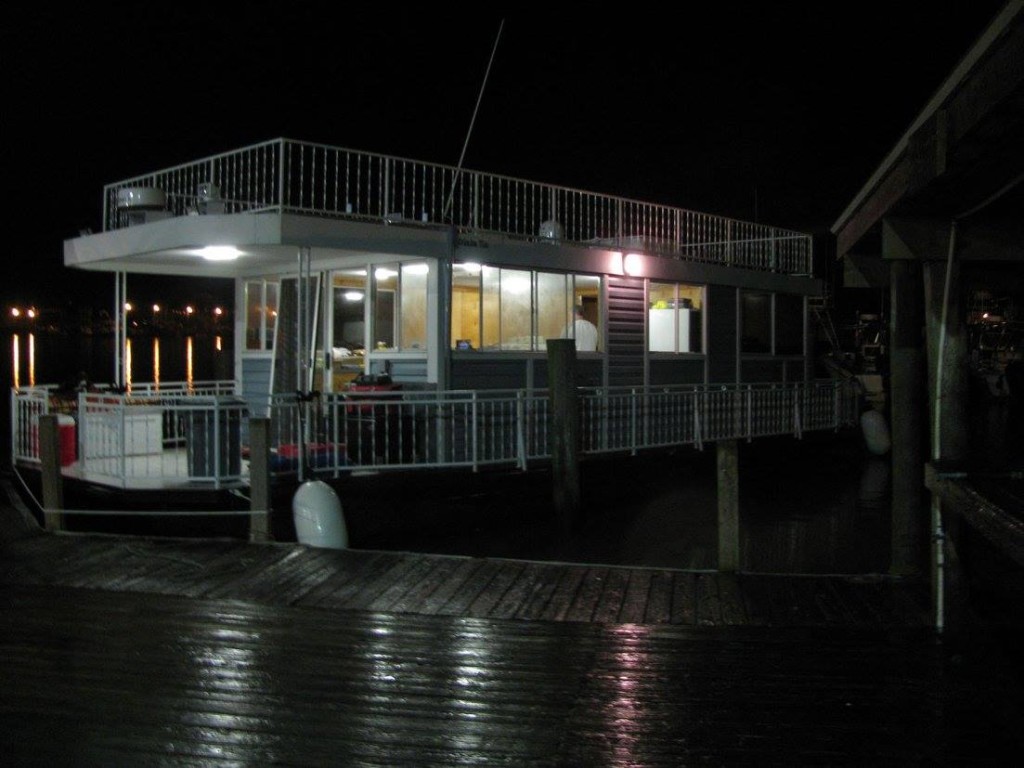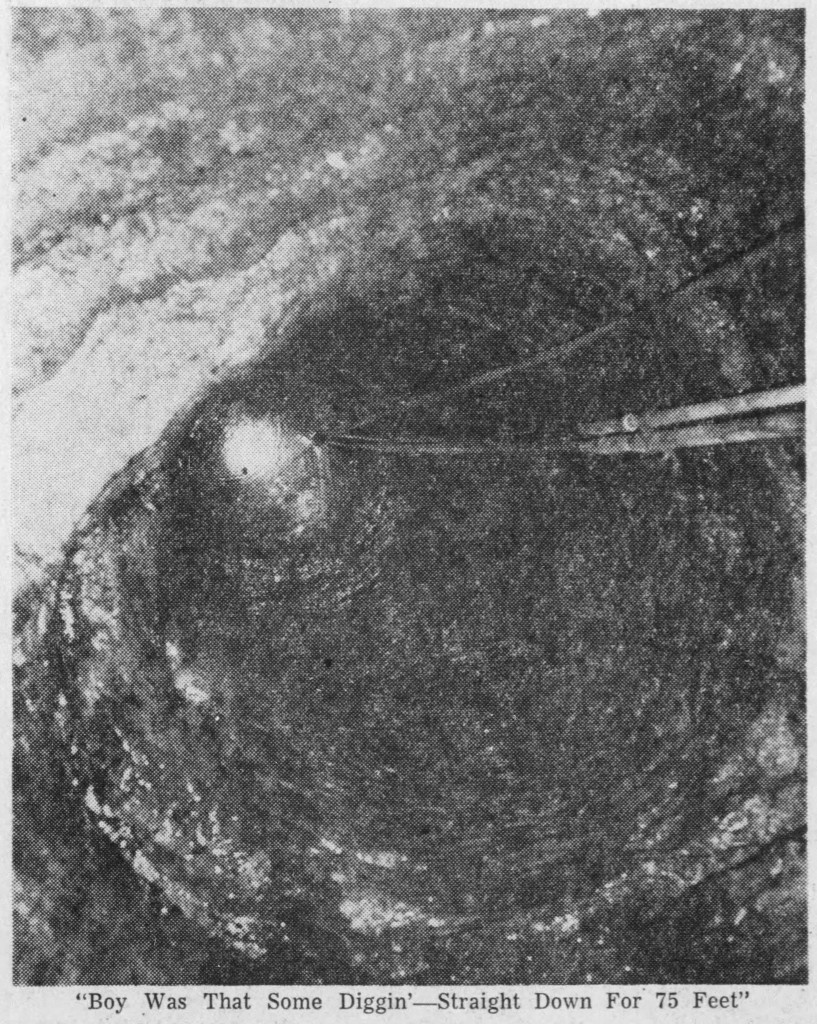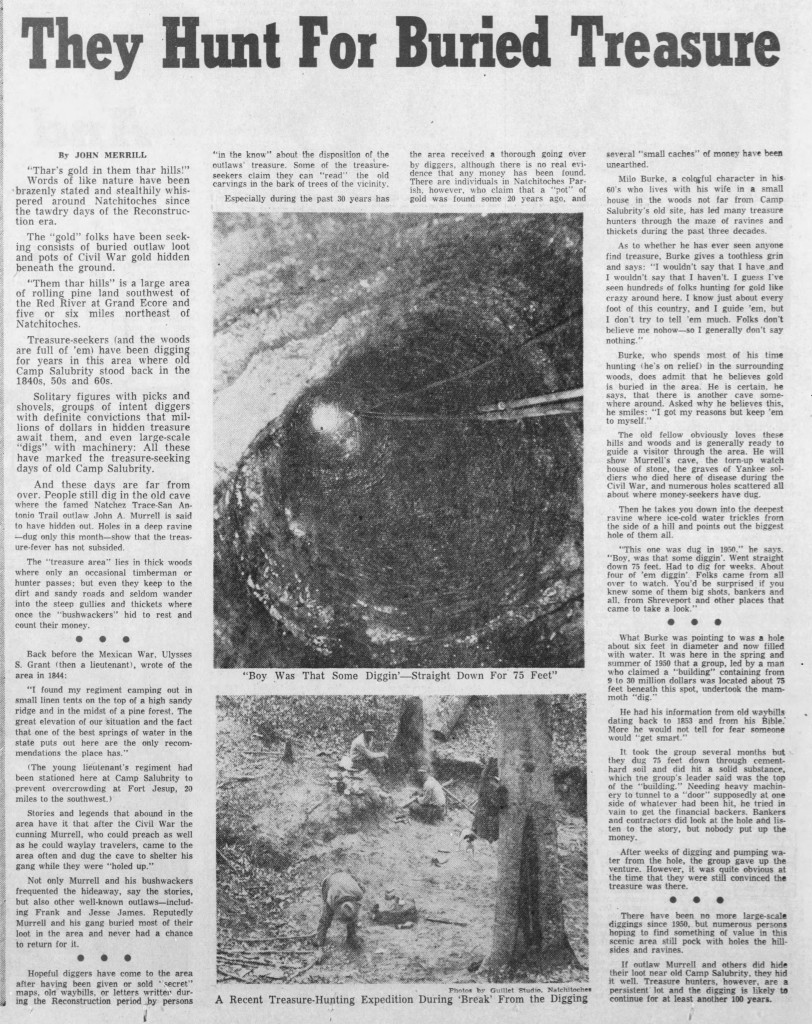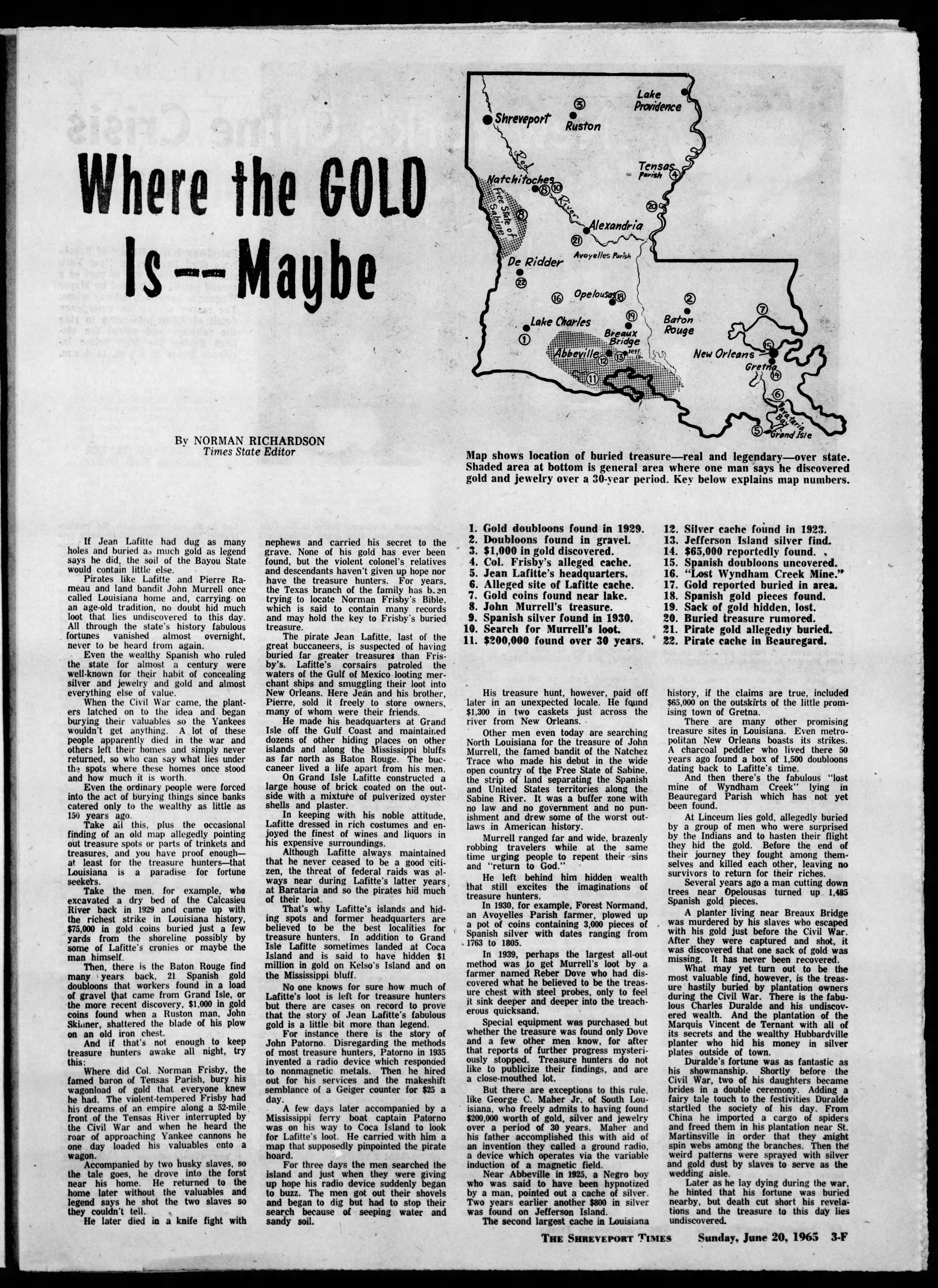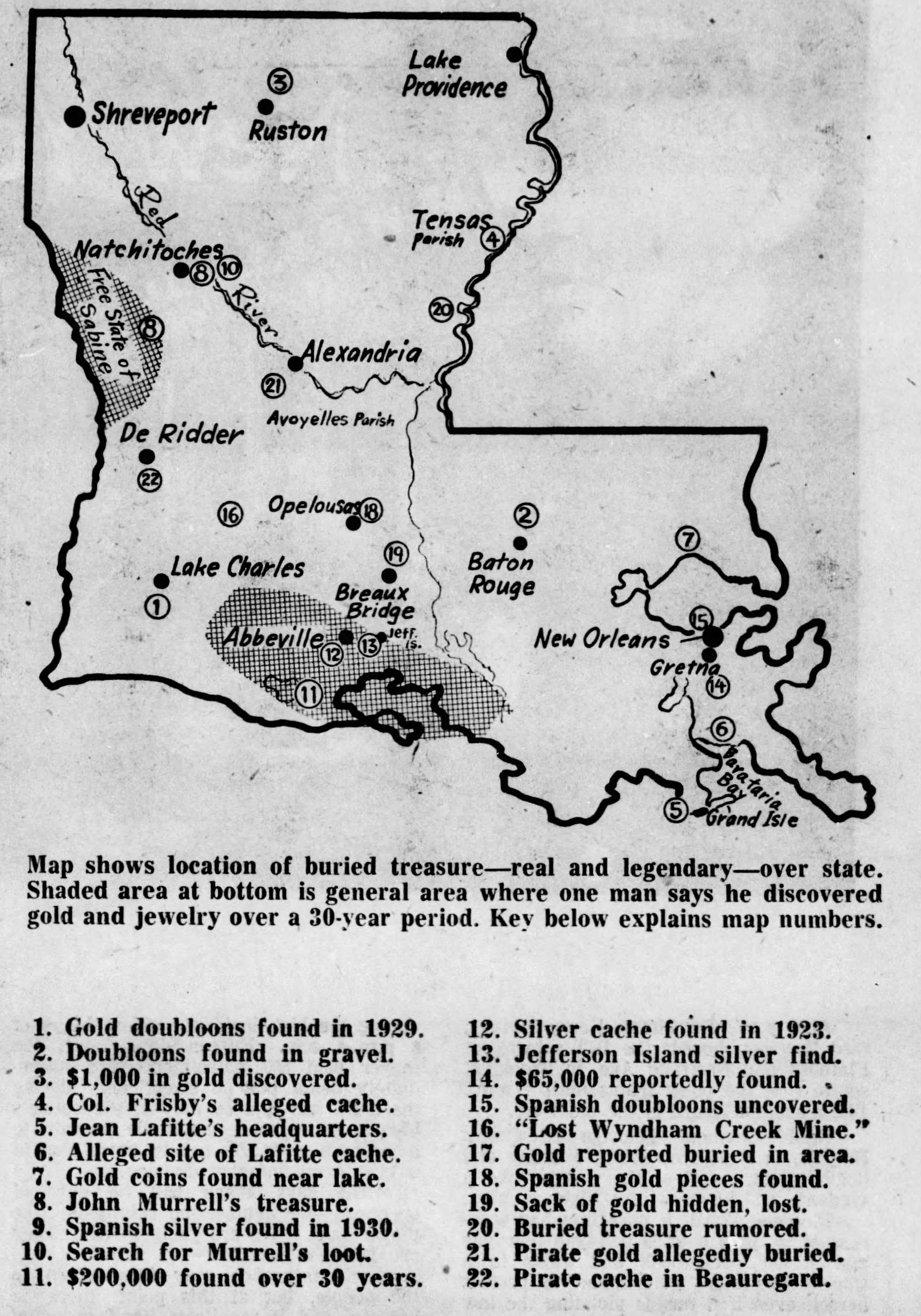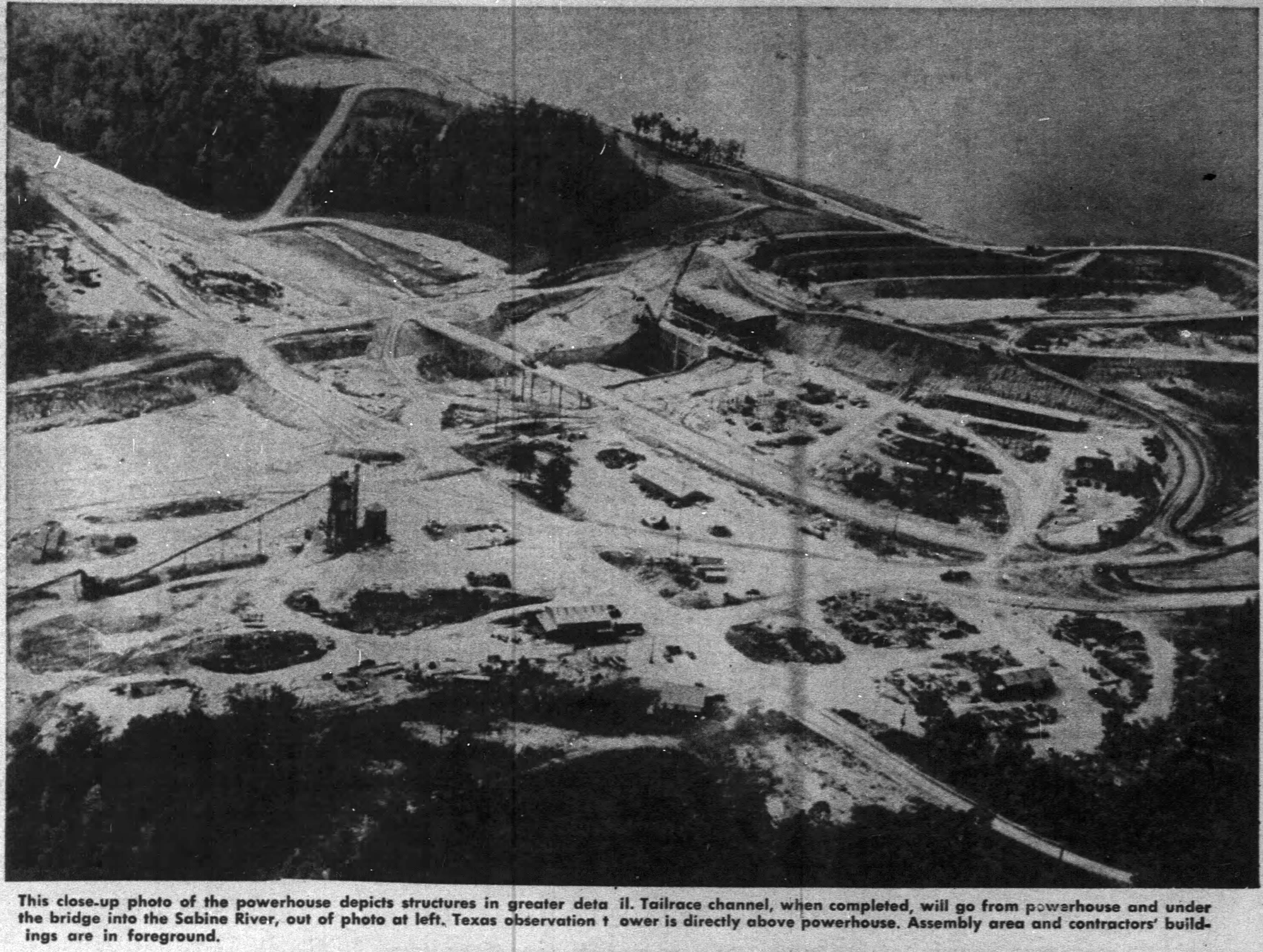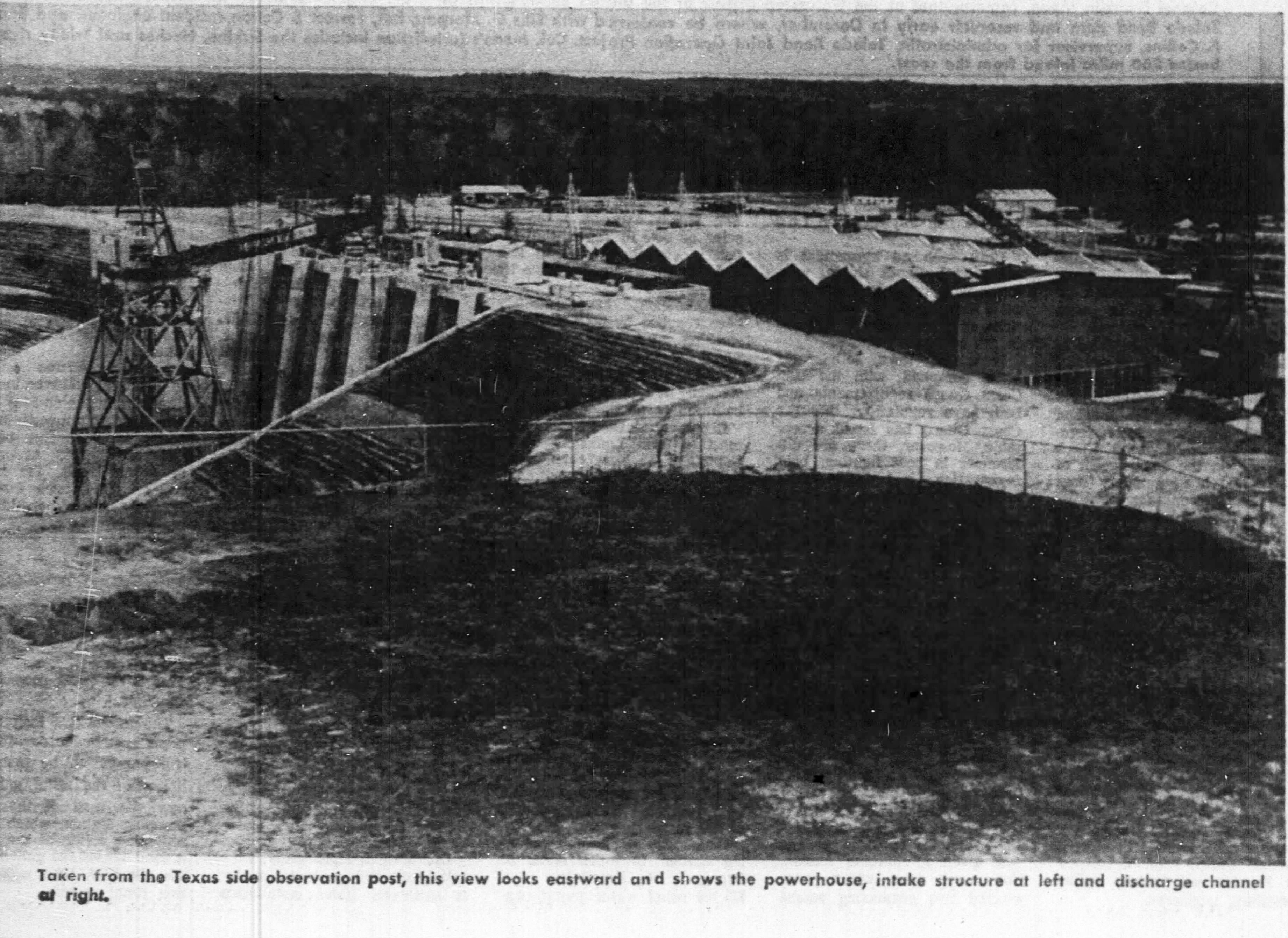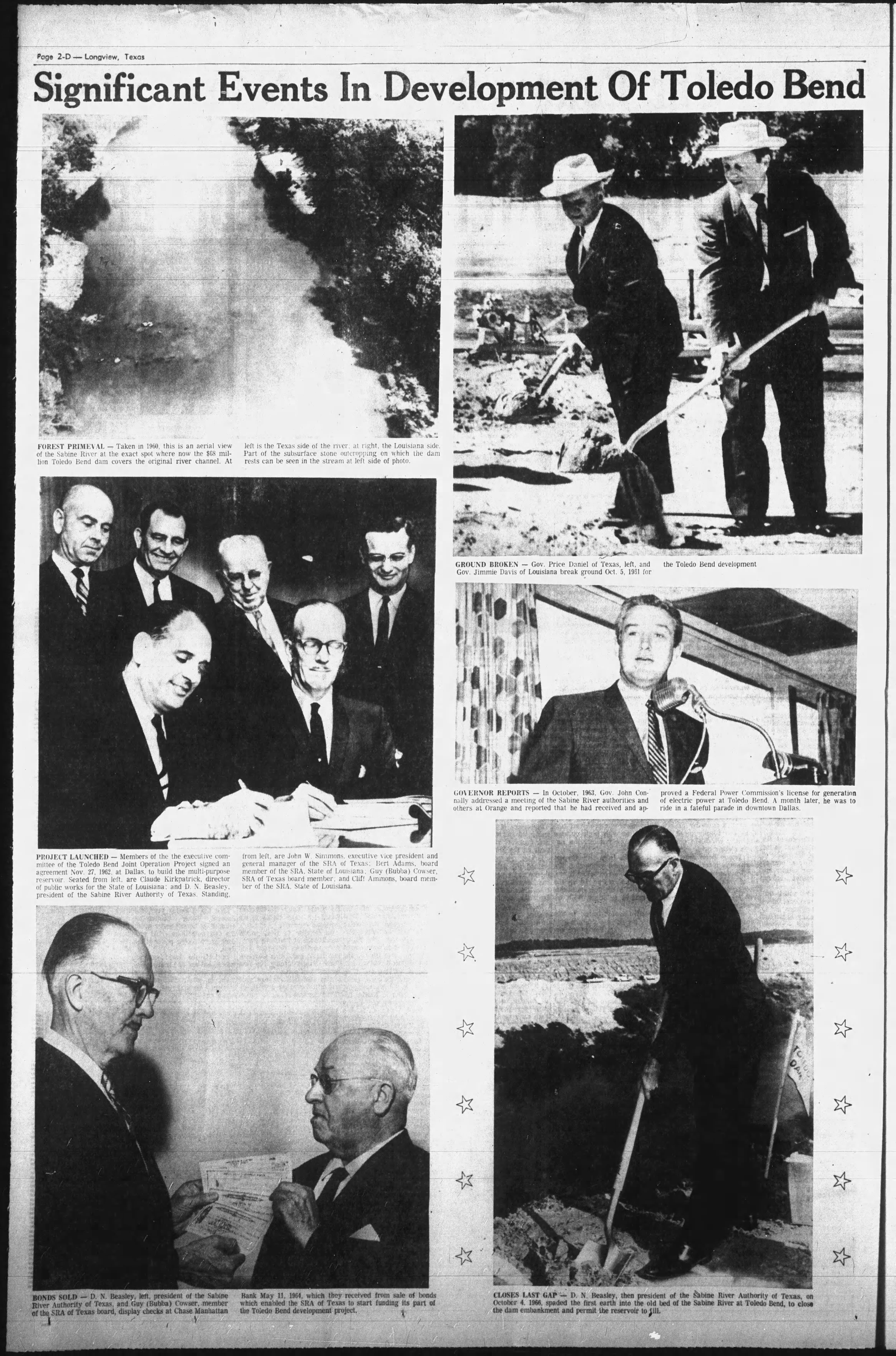Seeing the gravesite of Moses Rose, tucked away in Logansport, Lousiana, was truly fascinating. The legend of Moses Rose is full of intrigue, mystery, and rushes to judgment. Often called the Coward of the Alamo, to know his story is to know this title could well be both unfitting and unfair.
It is he who tells the story of William Travis drawing the line in the sand at The Alamo for anyone who wanted to cross and thereby declare their intentions to enter battle… to fight a fight which pretty much promised the fate of death to all who took him up on his challenge. Rose did not cross the sand and because of that… And he lived to tell about it. He simply wanted to live… That was his admitted reason for not staying and fighting to his certain death.
The true story of Lt. Louis “Moses” Rose remains a bit of a mystery. Different accounts tell different things, and which are tales and which are the truth have yet to be completely sorted.
Rose got the nickname, “Moses”, supposedly because of his age when fighting at the Alamo (he was one of the oldest warriors there, at 50).
While some accounts refer to Rose as a coward who fled the Alamo when the going got tough, others say he simply chose not to die what he determined to be a losing cause.
There are even stories that Rose, who some say was a Frenchman, was an officer in Napoleon’s army.
Whatever the case, it does seem he had lived a pretty much heroic life before the Alamo. By 1827, he had settled in Nacogdoches, Texas. When the Texas Revolution began, he dedicated himself to the cause. He sold or mortgaged all his possessions to fight in the Fredonian Rebellion and the Battle of Nacogdoches. He fought in the siege of Bexar and he followed his friend Jim Bowie to the Alamo.
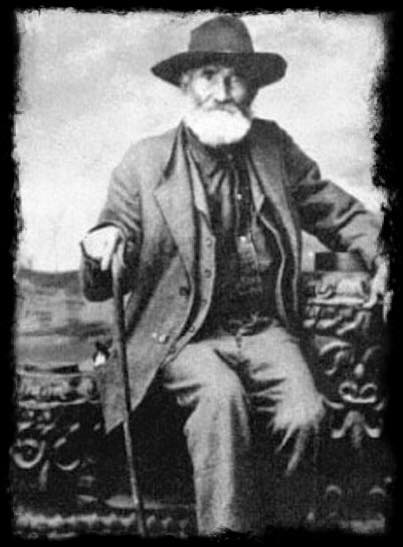
After quietly escaping the nightmarish situation in San Antonio, Moses Rose lived out his last years in East Texas and along the Sabine River. Such an interesting character.
Rose’s reputation as a coward remained with him for the rest of his lifetime, and continues up to the present day. To those who accept the popular account, it matters little what Rose’s motives were; more important is the fact that he left, by choice.
According to legend, when asked many years later why he did not cross the line and remain, he replied simply, “By God, I wasn’t going to die!” This alleged statement did not help his reputation, especially in Texas.
During the period just before the 2003 invasion of Iraq by the U.S., the Rose legend gained new currency when France opposed the invasion. Anti-French sentiment in the United States increased and Rose’s legend was often invoked as an historical example of ostensibly French cowardice in the face of war, despite the unverified status of the popular account.
The traditional account of Rose at the Alamo suggests as follows:
In March 1836, the Alamo was surrounded by the Mexican Army, which raised a “no quarter” flag, promising death to all defenders. Travis, the Texan commander, drew a line in the sand with his sword. He asked the defenders to cross over it, and thereby pledge to fight (and presumably die) in the Alamo. Rose is the only one who did not cross, but instead fled the Alamo the night of March 5, evading Mexican forces, and made his way to Grimes County, Texas where he found rest and shelter at the home of William P. Zuber. Rose made no attempt at hiding the true story of his journey, attributing his decision to a love for his family (including his children) and desire to fight another day rather than face a slaughter like those he had seen in previous failed battles. But Rose did not fight another day, and instead merely faded away from the revolution, later settling in Logansport, Louisiana.
Some historians have said that the story of the line in the sand was first told by Rose himself. Whether there ever was an actual line drawn in the sand is disputed, but the evidence does suggest that all Alamo defenders were at one point given a choice to stay or to go.
Rose is reported to have stated “I came to America to live, not to die.” Col. Travis gave Rose the opportunity to leave, and so he left.
According to the website for Logansport, Louisiana, Rose’s “long and fateful journey took him through large cactus beds, prickly pear thorns became embedded in his legs which became very sore and painful. As the thorns worked their way deeper into his flesh, it became so painful that he was unable to even bear the pain of removing them.”
The info on the website continues, “He very likely crossed into Louisiana on the Logan’s Ferry, where he was befriended by Aaron Ferguson, a farmer who lived north of Logansport (then Logan’s Ferry) about six and one-half miles from town, on Castor Creek. Rose spent the remaining years of his life as an invalid on the Ferguson Farm. Rose died in 1850 and was then buried in the Ferguson Cemetery.
I found Rose’s gravesite in remote DeSoto Parish. When I saw remote, I mean remote, as in it took us quite a while to find it, and it was pretty close to Panola County, I think. There is little fanfare marking his site, what you see is what is there, though he did get a nice new granite marker somewhat recently.

